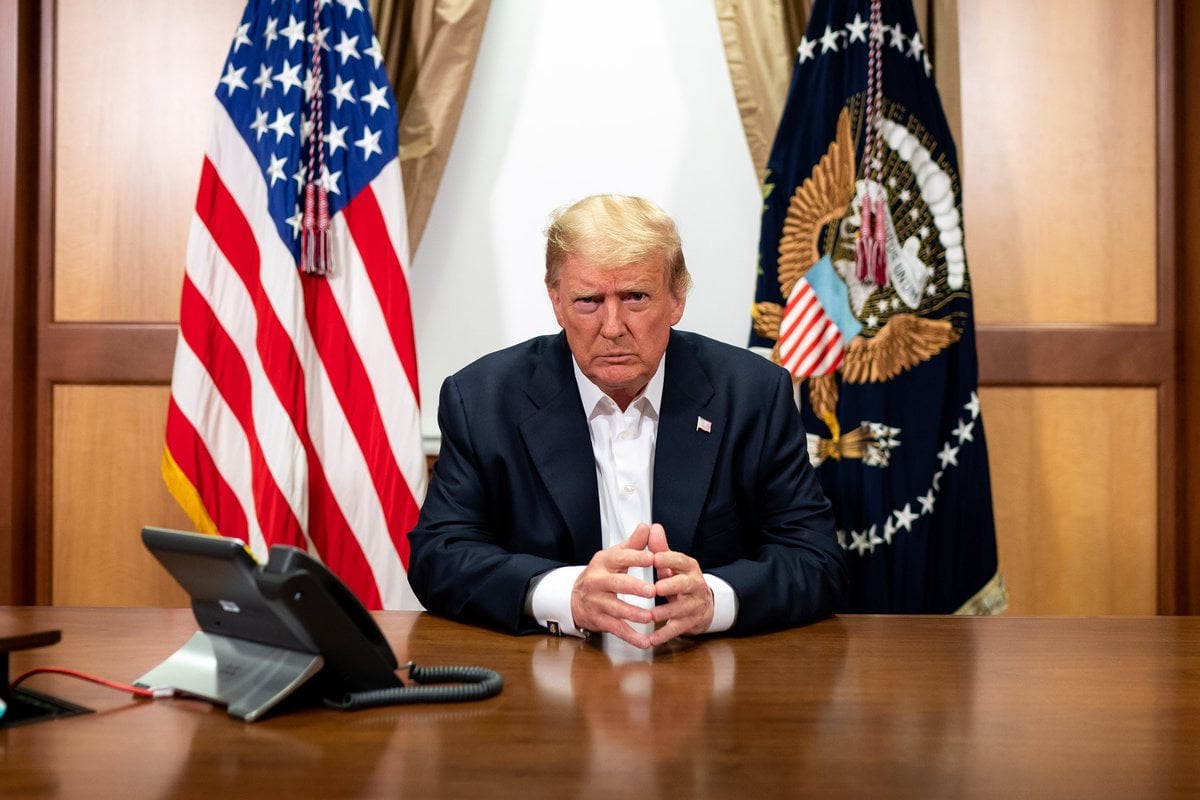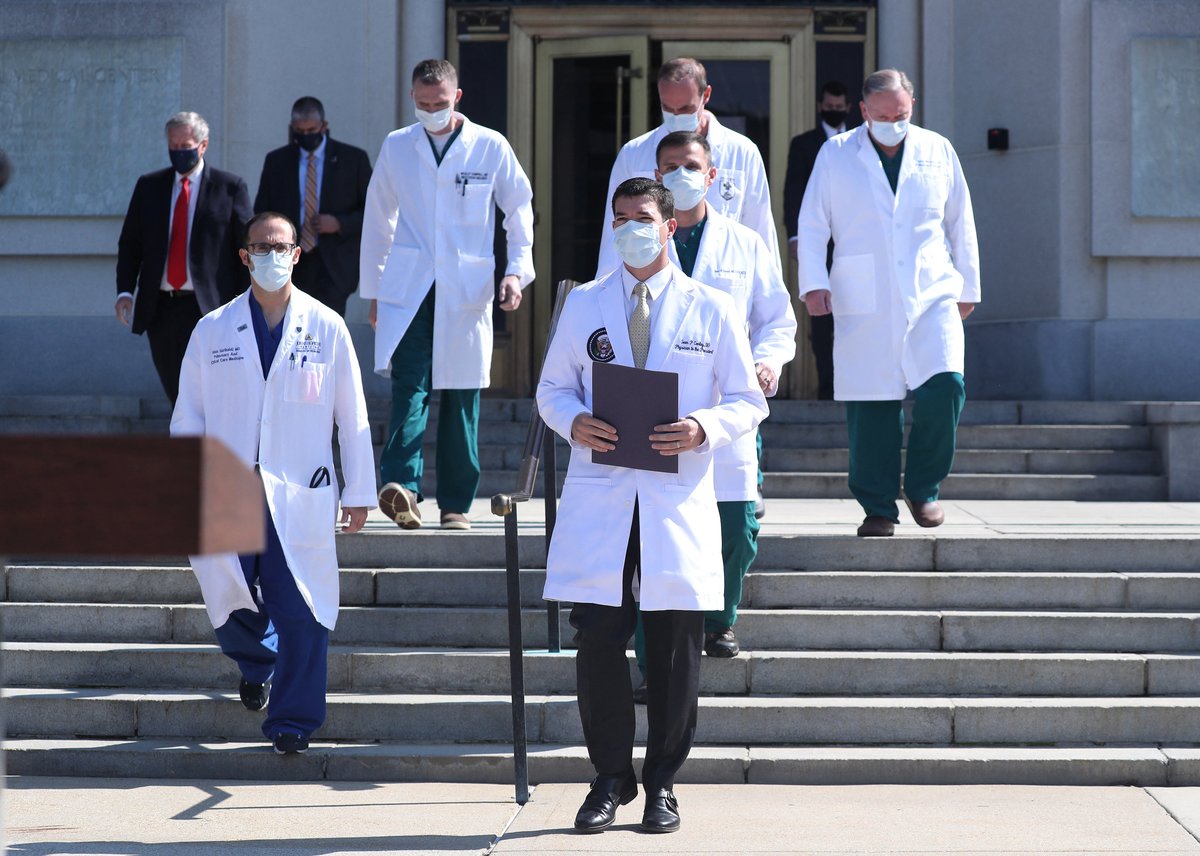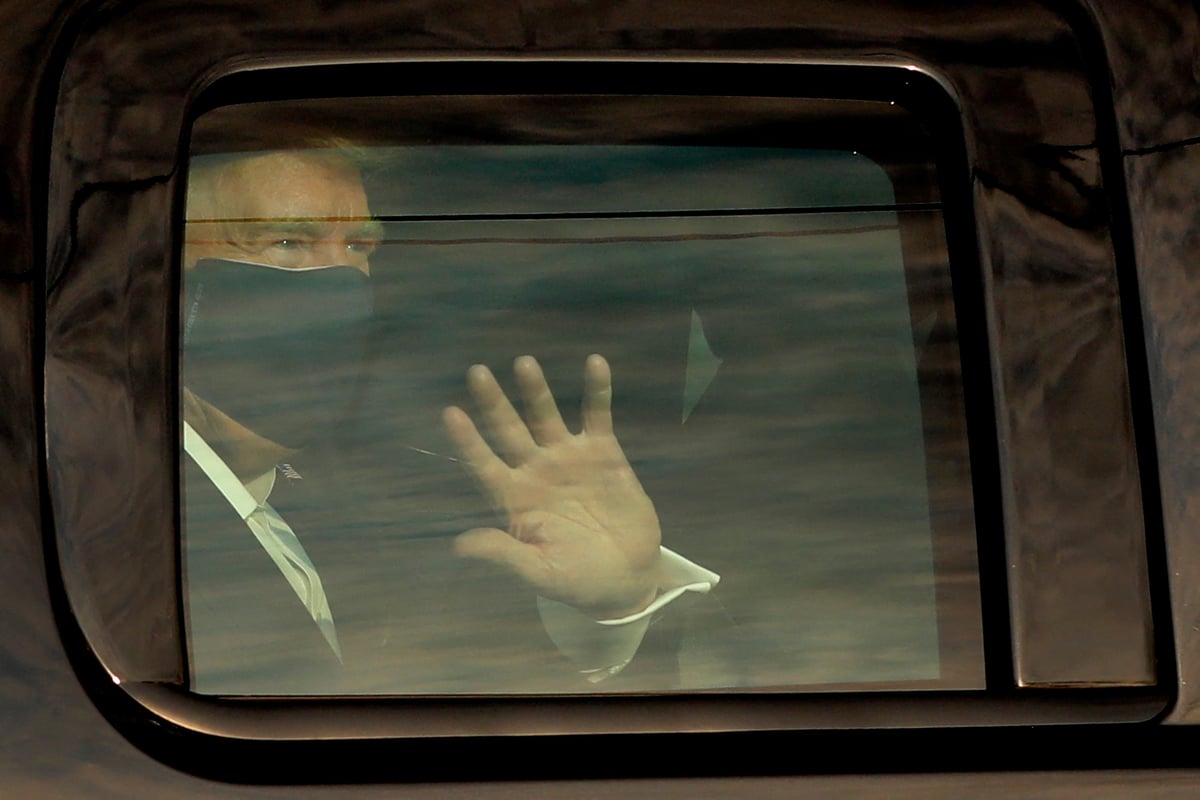
On Friday afternoon (AEST), Donald Trump confirmed in a tweet that he and wife Melania had tested positive for coronavirus.
Tonight, @FLOTUS and I tested positive for COVID-19. We will begin our quarantine and recovery process immediately. We will get through this TOGETHER!
— Donald J. Trump (@realDonaldTrump) October 2, 2020
The virus that has killed more than 200,000 people in America alone had finally reached the president, with many unsurprised by the news given Trump's lack of concern for social distancing, mask wearing or large crowds.
But now that he has contracted the highly contagious disease, there's no denying that the president sits in a very dangerous demographic: He's 74 and clinically overweight.



Top Comments